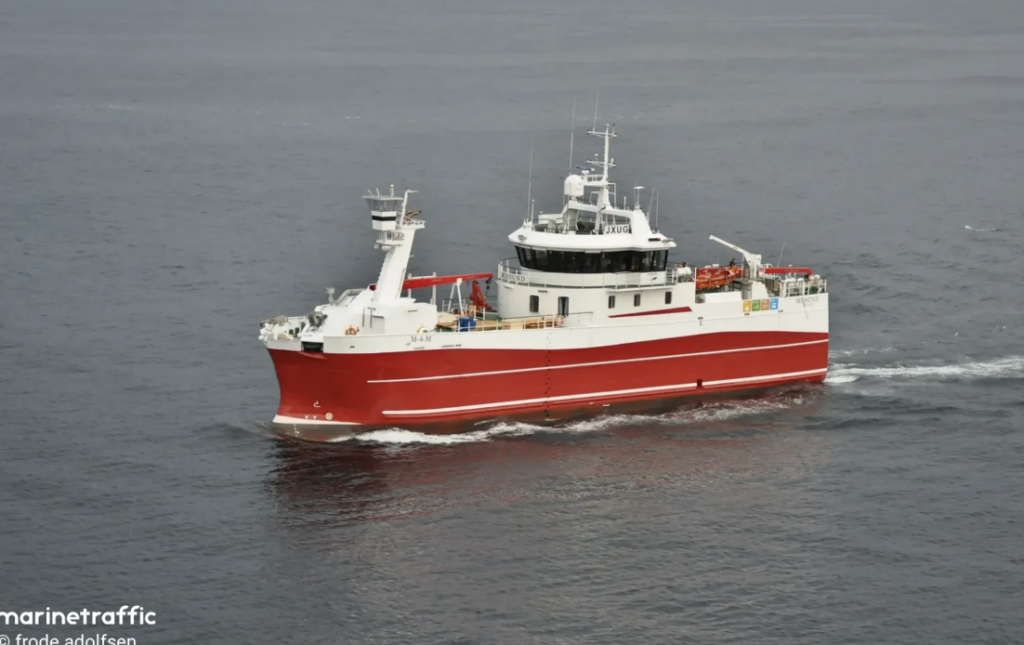69th IWC – Press release n°3
– The resolution on the contribution of whales to food security stranded behind the scenes and did not make it to the debating table. Despite Japanese and Norwegian propaganda, more and more members of the human species are refusing to include whale meat in their diet (1).
– At the initiative of the European Union, the resolution recalling the obligation set under the United Nations Convention on the Law of the Sea to cooperate with a view to the conservation of marine mammals and work through the appropriate international organizations was accepted by 37 votes in favour, 12 against and 8 abstentions. Iceland, Norway and Japan, which openly hunt whales for commercial purposes in violation of the moratorium, are signatories to the United Nations Convention on the Law of the Sea.
– Also at the initiative of the European Union, the resolution on Antarctica and the cooperation between the International Whaling Commission (IWC) and the Commission for the Conservation of Antarctic Marine Living Resources (CCAMLR) recognising krill as the essential food of cetaceans and other marine species in the Southern Ocean was accepted by consensus. The crave for krill is pointed out (2).
– The chandeliers and tables shook in the debating room on September 26. It was not the applause of NGOs but a magnitude 4.4 earthquake.
– The proposal for a sanctuary in the South Atlantic submitted by Argentina, Brazil, Uruguay and South Africa was once again ruled out. Only one vote was missing. Benin’s treachery was noted. The Benin commissioner voted against, despite the fact that the President of Benin had told Luiz Inácio Lula Da Silva during an official visit to Brasilia on May 23 that he supported the creation of this whale sanctuary. The failure of Slovenia and Estonia, which did not deem useful to attend Lima, and Romania’s failure to pay its dues to the IWC secretariat also weighed heavily on the wrong side. Even more surprisingly, Costa Rica was speechless although it presents itself as a leading country in the protection of biodiversity and will co-host with France the next United Nations Ocean Conference in June 2025, in Nice, France. However, there is a ray of hope on the horizon, with Iceland, a hunting nation, abstaining for the first time, and South Korea, which has systematically voted against the sanctuary since 2001, voting in favour (3). Perhaps the big day will be in Australia, where the 70th plenary meeting of the IWC will be held.
If a prize was to be awarded to the most successful whale-killing country, it would go to Norway, which puts whales (25€/kg in SPAR supermarkets) and leeks (2) in the same shopping trolley. Norway voted against the South Atlantic sanctuary and against the European Union’s proposal reaffirming the importance of the moratorium on commercial whaling. Norway, which makes more profits than it can cope with from gas, oil, ammonium nitrate fertilisers and farmed salmon and is about to mine its Arctic seabed for lithium, killed 2,659 North Atlantic minke whales since 2020. Minke whales are baleen whales measuring 8 to 12 metres long and weighing 6 to 8 tonnes. At a rate of 500 whales harpooned each year on average, Norway killed twice as many as Japan. It has just added the Midsund, a converted longliner with substantial freezing and storage capacity, to its whaling fleet.
 Midsund, August 1, 2024 © frode adolfsen
Midsund, August 1, 2024 © frode adolfsen
For the first time in the history of the IWC, the work of the Scientific Committee has been given a synthetic and educational presentation available in English, French and Spanish (4).
1) “Lima, crucial for whales. 69th IWC – Press release n°1”, September 20, 2024
(2) “The cry of the krill. 69th IWC – Press release n°2”, September 25, 2024
(3) “The South Atlantic sanctuary lost in the Political Ocean. 66th IWC – Press release n°2″, October 25, 2016
(4) “Summary of Scientific Committee activities during the biennium May 2022-May 2024”
See also:
Imprisoned, impaled, harpooned, desecrated, June 10, 2024
 Imprimer cet article
Imprimer cet article









